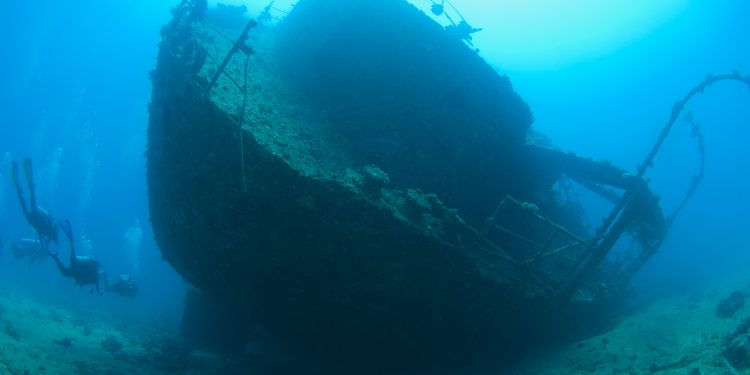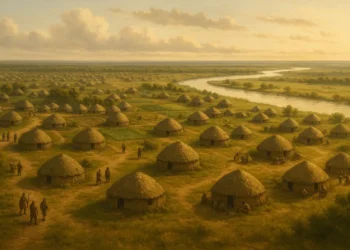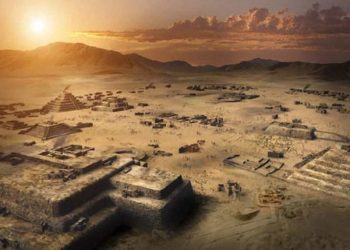Do you know how many shipwrecks exist in the world’s oceans, lakes, and rivers? The answer is not clear, as many have yet to be discovered and documented. However, it’s estimated that over three million shipwrecks are scattered across the globe, each with its unique story to tell.
Causes of Shipwrecks
Ships have been lost to various causes throughout history, including storms, piracy, warfare, human error, and mechanical failure. Storms and rough seas have been responsible for many shipwrecks, particularly in areas prone to severe weather, such as the Caribbean, the North Atlantic, and the Indian Ocean. Piracy and warfare have also taken a toll on ships throughout history, with many vessels being attacked and sunk by hostile forces. Mechanical failures and human error, such as navigational mistakes or equipment malfunctions, have also played a role in many shipwrecks.
Well-Known Shipwrecks
Many well-known shipwrecks have captured the imagination of people around the world. One of the most famous is the Titanic, which sank in the North Atlantic Ocean in 1912 after hitting an iceberg. The sinking of the Titanic was a tragedy that claimed the lives of over 1,500 people and sparked widespread changes in maritime safety regulations. Other notable shipwrecks include the Mary Rose, a Tudor warship that sank in the Solent off the coast of England in 1545. The Mary Rose was recovered in the 1980s and is now on display in a museum in Portsmouth, England. Another well-known shipwreck is the USS Arizona, a battleship that was sunk during the attack on Pearl Harbor in 1941. The wreck of the Arizona is now a national memorial and a somber reminder of the sacrifices made by American servicemen and women during World War II.
Discovering and Documenting Shipwrecks
The process of discovering and documenting shipwrecks is a challenging and often dangerous task. It requires specialized equipment and expertise, as well as a deep understanding of underwater archaeology and preservation techniques. However, advances in technology and underwater exploration have made it possible to locate and study shipwrecks more easily than ever before. Sonar and other imaging tools can be used to map the ocean floor and locate potential wreck sites, while remotely operated vehicles (ROVs) can be used to explore wrecks in detail without risking human divers.
The Importance of Shipwrecks
Shipwrecks are more than just artifacts of history – they also provide valuable information about the past. By studying shipwrecks, archaeologists and historians can learn about the design and construction of ships, the technology and materials used, and the lives of the people who sailed on them. Shipwrecks also serve as important ecological habitats, providing shelter and food for a wide variety of marine life. Additionally, shipwrecks can have cultural significance, serving as symbols of national identity or sources of inspiration for literature, art, and film.
While it’s impossible to determine the exact number of shipwrecks that exist in the world, it’s clear that there are millions of them waiting to be discovered and explored. Each shipwreck tells a unique story about the past, and by studying them, we can gain a deeper understanding of our shared human history. Whether you’re a history buff, a marine biologist, or just someone with a sense of curiosity and adventure, the world of shipwrecks is full of fascinating stories.











